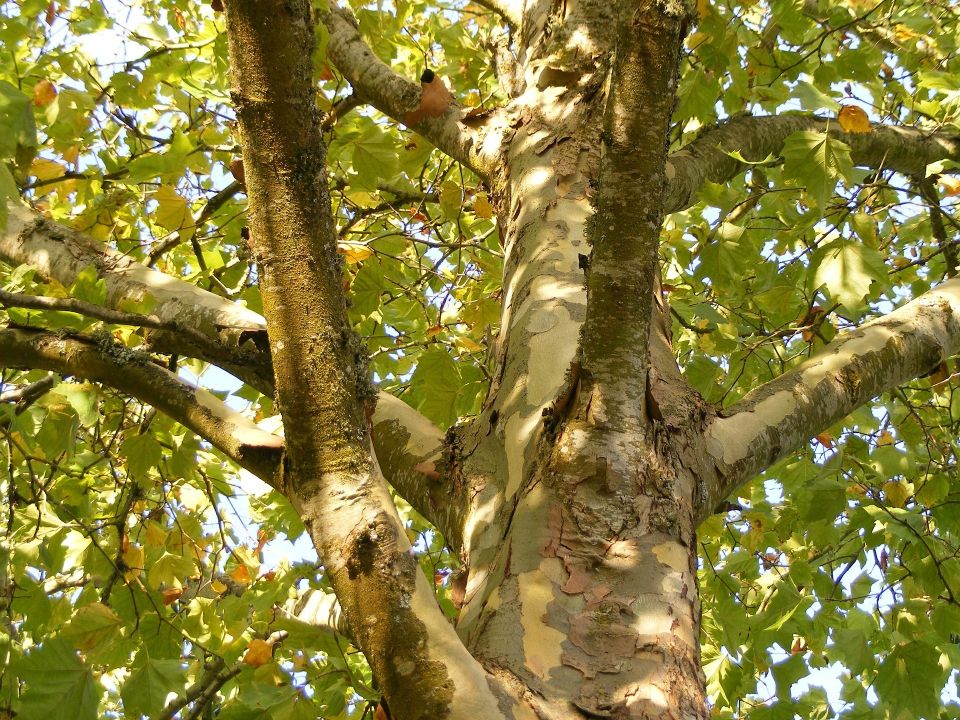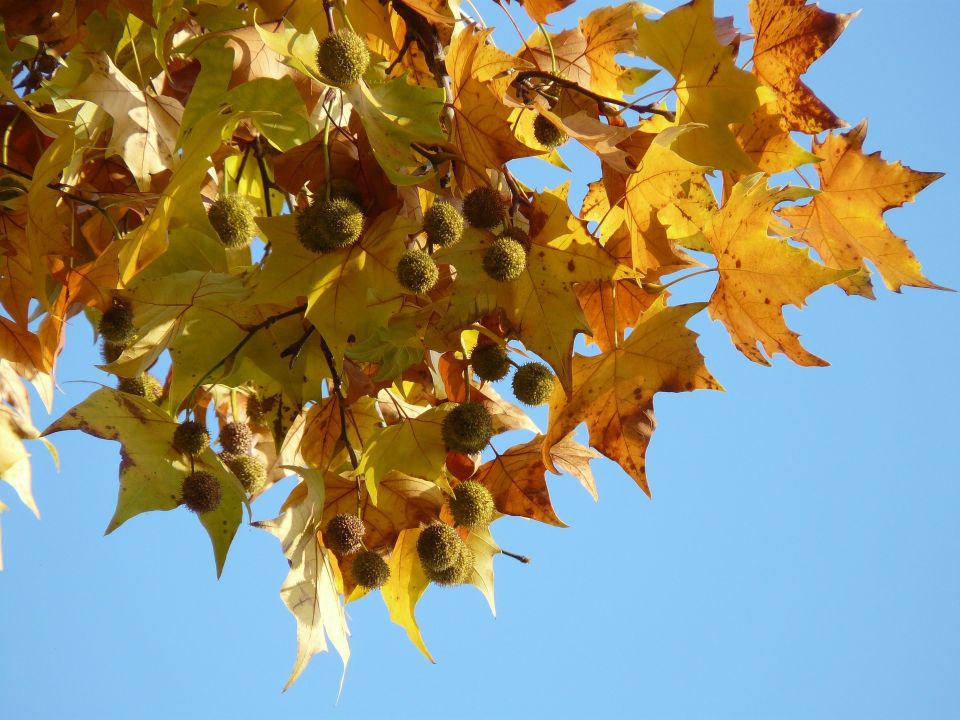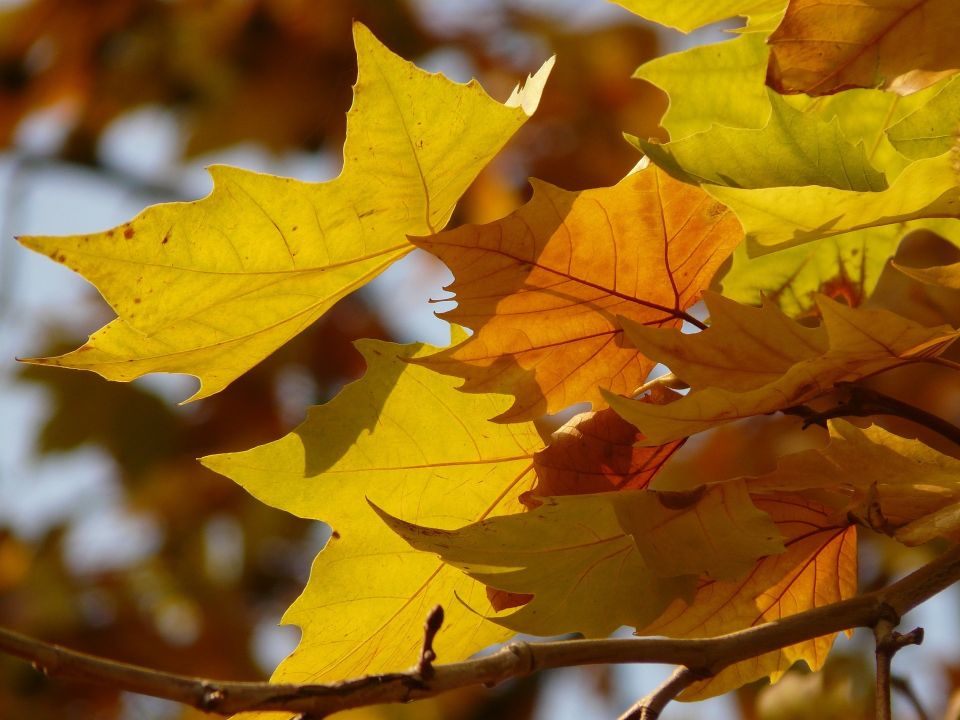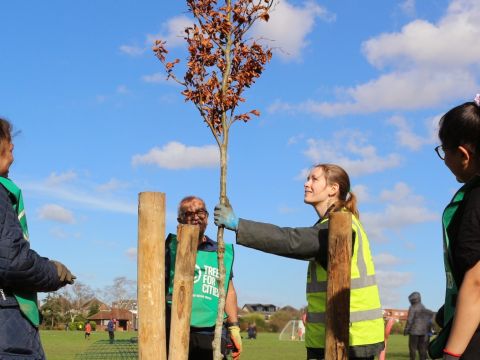The mysterious history of the London plane tree

Did you know that the humble London plane tree has its roots shrouded in mystery and sunk in the enigmatic and colourful mists of historic events?

Ever present in urban areas, it’s easy to overlook the magnificence and hard-working service that London plane trees provide. Landmarks such as the Mall, Berkeley Square and the Embankment are lined by their cathedral-like elegance. Tall, leafy, graceful branches arc over our streets protectively as we hurry past below. Providing green eye candy, cleaning up air pollution and providing temperature and water control, they are tough enough to survive city conditions around the world, even when being regularly hacked to fit into the concrete environment.
Mysterious origins
But where did they come from? Funnily enough, not from London.
The London plane is one of the most iconic tree species in London, but we don’t know its exact origins. One thing is certain, without the accidental hand of man it would never exist. You could think of it as an unforeseen result of the meeting of two immigrant trees from the far corners of the plant world.

During the age of European exploration of the wider world, as well as trade and conquest, adventurers were on the lookout for new and interesting flora and fauna. This gathered together plants in Europe that would never have been in the same place in the natural world.
According to the Woodland Trust, the London plane’s parents were the oriental plane and the American plane, which come from two different continents on opposite sides of the world. It is thought they hybridised naturally in Spain and at some point made their way to Britain in the 17th century.
Alternate history
An alternative version of the new plane’s “discovery” is in the mid-17th century by John Tradescant the Younger, in his famous nursery garden and ark in Vauxhall. Tradescant was an avid plant collector and botanist, a prime example of the English aristocracy’s longstanding fascination with plants. Both parent trees may have been residents in this garden so it’s tantalising to think that the London plane tree started its journey here...
While you're here...
We can't plant trees without the generous support of our donors. Just £6 covers the cost of one tree, and who knows, it may be a London plane!

Winning the popularity contest
The London plane soon became popular. Some say it started being planted in England as early as the 16th century, but most of the current London planes in London were planted in the 18th and 19th centuries. They were so common in the capital that they became known as London planes. Until the mid 19th century they were only planted in parks and gardens, we can thank the Parisian trend for lining boulevards with trees for our own leafy streets.
The Victoria Embankment was one of the first to be adorned by London planes. This turned into a widespread greening of London streets with a variety of trees, but at that time the mighty London plane ruled them all. Its beautifully speckled, mosaic-like bark sloughed off the city grime and soot, while the broad, tough, maple leaves provided shade and cut lovely patterns in the sky. The characteristics that have made the London plane so popular in London have also made it a success in many major cities around the world. By the 1920’s around 60% of trees in London were London planes. This has now fallen to an estimated 4% in central London and even lower on the outskirts. We plant the occasional plane tree in parks where they have the space to become giants.
Age before beauty
The oldest London planes date from first plantings around 1660. The oldest living examples are at Buckden. Robert Sanderson (Bishop of Lincoln 1660-1663) is said to have been presented with two London planes - both are still growing healthily!
In Ely, Peter Gunning (Bishop of Ely 1675-1684) also planted gifts of trees, including a London plane which is now colossal. The London plane at Barn Elms is probably from about 1685, planted on land then belonging to the Archbishop of Canterbury. It is London’s oldest and largest plane.
Immortal trees?
We don’t know how old a London plane may become because few are known to have died of old age. This almost mythical fact could lead us to believe that they will live on indefinitely. But there are threats, such as plane tree wilt.
Canker stain of plane is present in several European countries. It is not known to be present in the UK. Affected trees decline so markedly that it is unlikely that the disease would have remained undetected if it had reached here.
Forest Research

As far as we know plane tree wilt hasn’t reached the UK, but it is spread by human activity and so perhaps the heavy hand of history and human action that helped to create the London plane tree may ultimately also be its undoing.
So next time you’re passing a line of venerable old London planes, take a look up and admire their strength and beauty, and remember the tale of the unlikely love child of two travellers.
Story by Gurnam Bubber
Love all things trees?
Get your monthly dose of tree facts, planting events, and green inspiration with the Trees for Cities newsletter.
Green up your inbox!Donate to Trees for Cities and together we can help cities grow into greener, cleaner and healthier places for people to live and work worldwide.
Donate